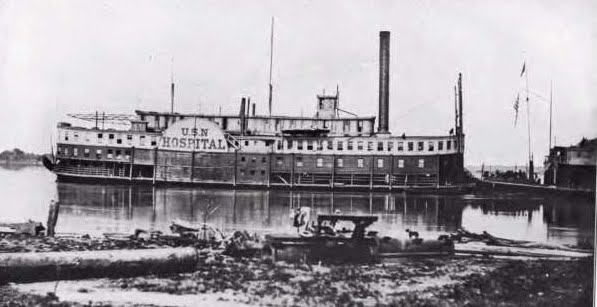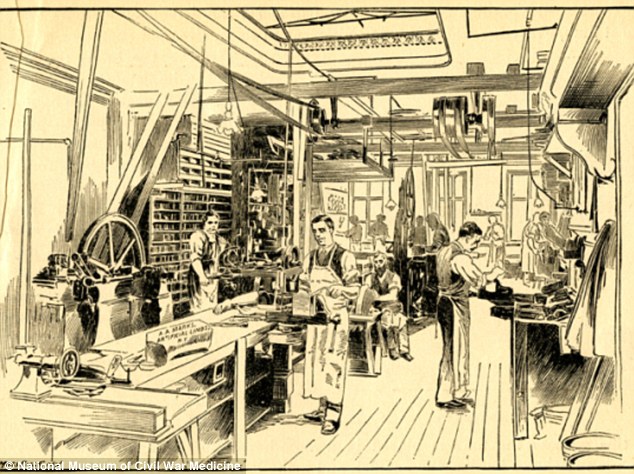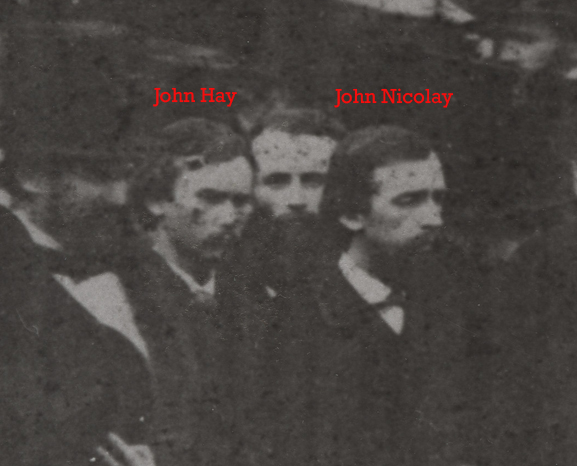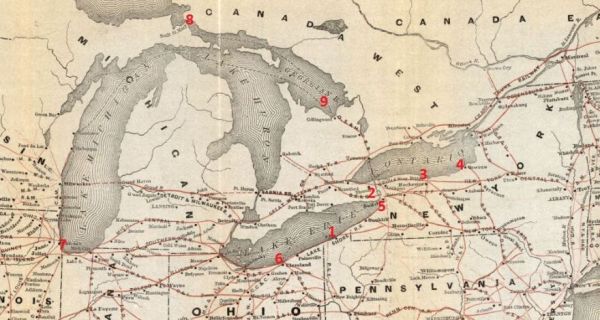We celebrated the arrival of 2015 a week ago today. Back in Lincoln’s time, January 1st was the day the White House doors were thrown open to the public and the masses thronged in to greet the inhabitants. These White House New Year’s levees were common knowledge to me, but their desegregation never struck me as a revolutionary event until reading this article.
Every year the Lincolns threw open the doors of the White House for a New Year’s reception to which the public was invited. When a few African Americans – including Abbott and fellow physician Alexander Augusta – asserted their citizenship by attending in 1864, people inside the White House were shocked, but decorum prevailed.
The next year, however, things unfolded quite differently. By New Year’s 1865, it appeared that the abolition of slavery and the defeat of the Confederacy were at hand. For African American activists and their white allies, however, it was not enough simply to outlaw slavery. They envisioned a nation in which racism, too, would be eradicated. They wanted an end to discrimination in voting rights and law enforcement. And African Americans wanted to be treated with the same respect and dignity accorded to whites.




